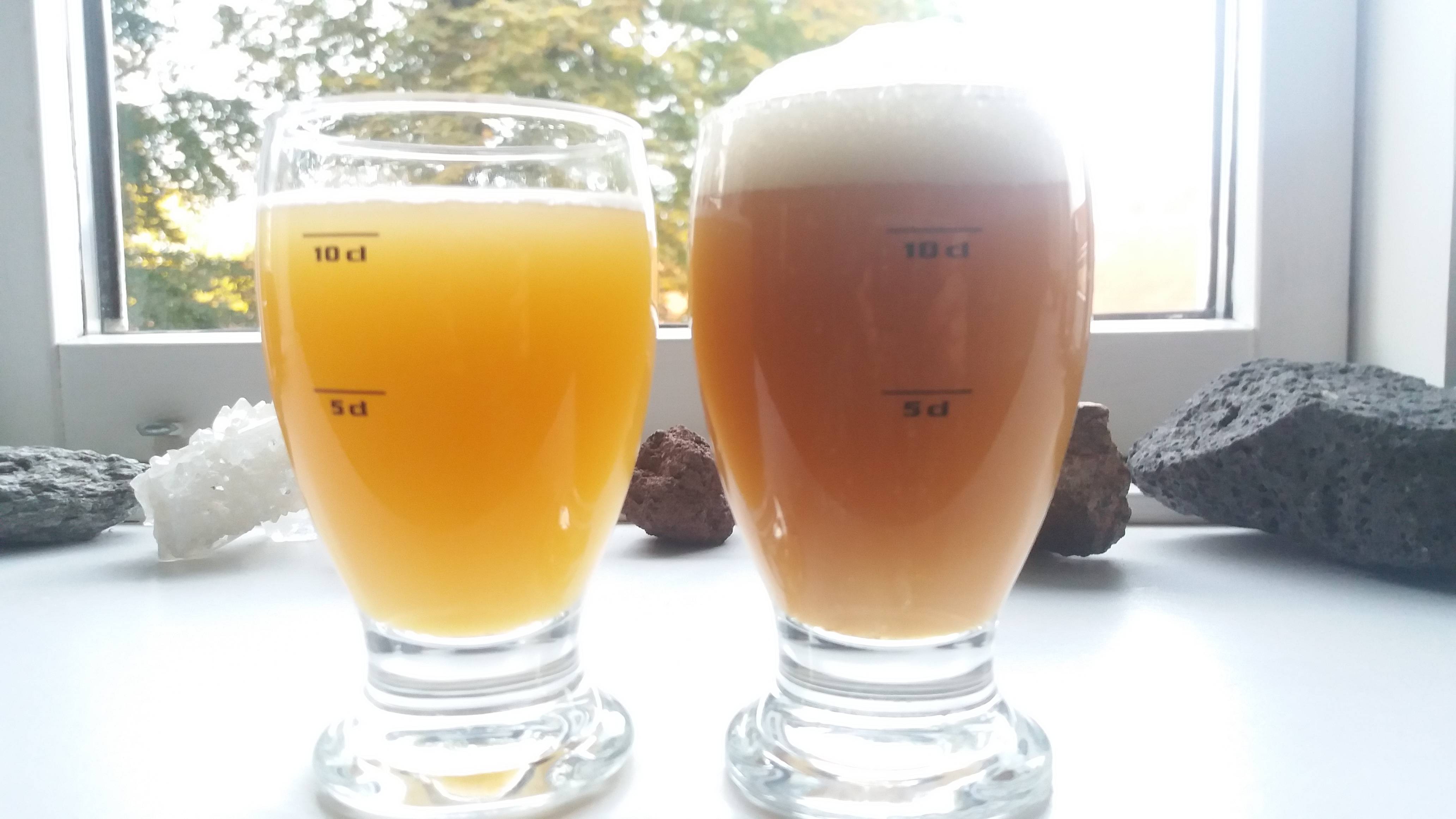So how is everyone adding their dry hops? Loose? Bagged? I have been having some big problems with my last 6-7 batches all were horribly undrinkable. I have a thread going on the fermentation sub forum about it. The current thought is it is hop related and possibly from the massive dry hops not dropping out. I usually leave it in the fermenter between 7-10 days. I have had some great beers using that time frame and some horrible ones. Mostly using WY1318. I typically add 8 oz of loose hops into the primary between day 2-4. Sometimes split it between day 3 and 5. Anyway worried how to handle this going forward if that is my issue. How can I solve that problem? I don't cold crash currently or use any fining agents. I am brewing a batch now and cut my whirlpool and dry hops in half. I also used a bag in the kettle for the whirlpool hops to keep it as clean as possible going into the fermenter.
I toss the hops in commando in the kettle, fermenter and keg. I figure they'll get the most mixing if they can freely move around. My beers look like pea soup coming out of the kettle. I've tried putting them in SS mesh tubes in the keg and I still got some fine particles making their way outside the tubes.
Several things should cut down on unwanted hop flavors:
1. Filter your diptube when transferring to the serving keg
2. Filter your diptube in the serving keg
3. Better yet, use a floating diptube setup like the Clear Beer Draught System. You can put a filter on this as well.
4. Time. Hops will settle out once you get the keg into the kegerator and cool it down. I use a lot of hops, both in the kettle and in the fermenter. When I take samples, you can see all the small hop particles in the beer. It tastes really bad. My beers take a few weeks to mellow out. After 2-3 weeks of carbing and settling, they taste great, and they still maintain their haze. After 4 weeks, they taste even better. And with a floating diptube setup, the beer has zero hop particles in it.







